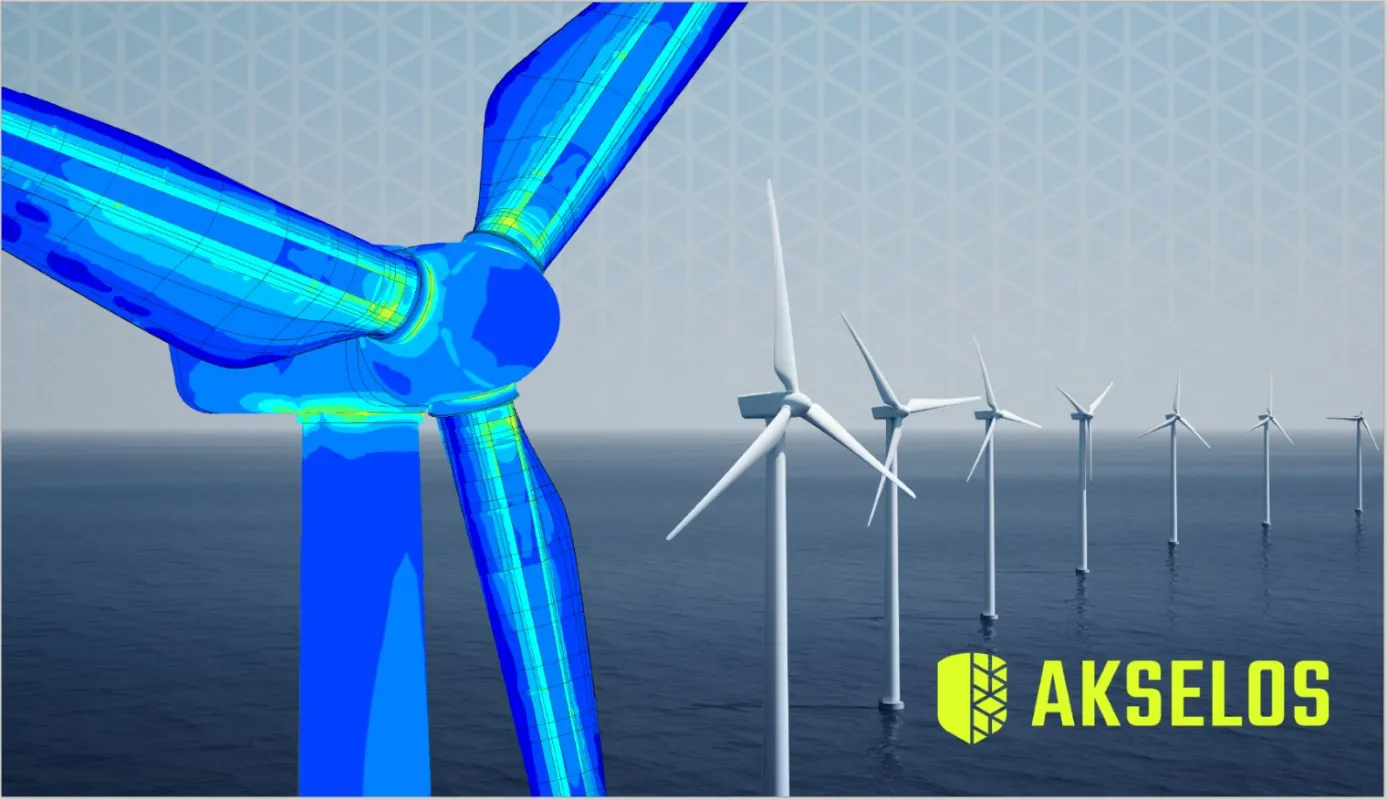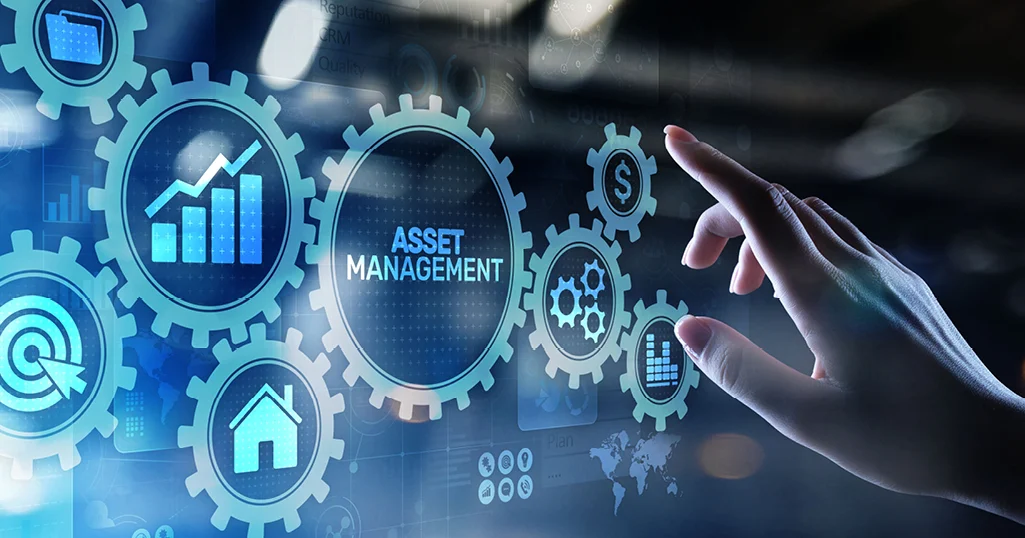
Developing at breakneck speed, digital twins are an innovative and exciting technology revolutionising engineering worldwide. Read on to discover everything you need to know about this emerging technology!
What is a Digital Twin, and How are they Created?
Simply put, a digital twin is a virtual replica of a physical asset or process. Digital twins are built with the help of engineering simulation software and simulate and mirror their real-world counterpart’s behaviour, performance, and environment in real time. To create a digital twin of an asset, engineers first build a detailed model and then pair it with data, including inspection and sensor data. This information is then fed into the model to create a digital twin.

Are Digital Twins Just Simulations?
No, they are so much more. Both simulations and digital twins replicate assets and processes. However, digital twins take a much more complex and sophisticated approach to representing the physical assent in a virtual space.
Simulations are static models that will not change unless designers add more elements. They can only reproduce what could happen, and changes are limited to the knowledge and imagination of the designer.
In contrast, digital twins start as simulations and then use real-time data to automatically update and replicate what is happening to an actual, existing product.
How did the Concept of Digital Twins Emerge?

In the 1960s, NASA created the first concept of a digital twin as a “mirroring technology” to simulate systems in space via physical replicas on earth.
It has also been argued that the organisation successfully used the first digital twin during the infamous Apollo 13 space mission in 1970, where engineers aborted a mission to land on the moon. NASA used fifteen computer-controlled simulators to recreate conditions on board to assess the situation better and guide the crew back to earth.
Dr Michael Grieves, a researcher at the University of Michigan, is credited with the invention of the original concept, and in 2010 the NASA scientist John Vickers coined the term “digital twin”.
What Types of Digital Twins Exist?

Digital twins can be broken down into three main categories:
Virtual Digital Twins
Virtual digital twins are the simplest type of digital twins used to replicate a structure or asset. Creating a virtual digital twin involves adding a layer of modelling to a computer-aided design (CAD) model and tagging areas of interest. Data from these areas of interest are then used to update the digital twin.
Several companies produce virtual digital twins, including Aveva, Cognite and Kongsberg.
Process Digital Twins
The next type of digital twins is process twins, which build on virtual twins to enable the digitalisation of entire processes. Almost every engineering process and any chemical process of any scale goes through a digital mapping process using process digital twins before completion. As a result, this type of digital twin is the most mature and has been used for the longest time.
Aspentech, Honeywell and Schneider Electric are currently developing process digital twins.
Structural Digital Twins
Finally, structural digital twins are a new technology altogether. Structural twins are fully parameterised, physics-based models that deliver superior results to virtual and process digital twins. Akselos is a pioneer of structural digital twins due to our one-of-a-kind simulation software: reduced basis finite element analysis (RB-FEA).
Traditionally, engineers have used Finite Element Analysis (FEA) to create engineering simulations. However, this method is based on dated mathematics and is therefore only capable of high-fidelity simulations of small parts and pieces of a physical asset. This limitation is caused by FEA’s complex, time-consuming, and cumbersome workflow plagued by reduced accuracy and frequent errors.
This issue was readily identified by the US Department of Defense several years ago, which led to government-funded research at the Massachusetts Institute of Technology (MIT) to develop improved simulation software. As a result, researchers created reduced basis finite element analysis (RB-FEA), which became the core technology of the MIT spin-off Akselos.
RB-FEA has three main benefits compared to FEA: speed, scale, and accuracy.
The new RB-FEA can model assets of limitless scale in detail and accuracy up to 1,000 times faster than the traditional FEA approach. When this simulation software is combined with sensors and data, it results in an advanced structural digital twin capable of holistic, high-fidelity 3D simulations at the speed of thought.

What are the Benefits of Digital Twins?
There are three main advantages to digital twin technology:
Design
Digital twin technology can help engineers optimise engineering designs. With digital twins, engineers can explore thousands of what-if design alternatives in minutes without risk and select the optimal version to implement.
Operations
Digital twins allow asset operators to analyse the operational performance of an asset in real time and adjust accordingly.
Asset Life Extension
Last but not least, digital twins help extend the physical assets’ lifespan by enhancing the design and operations in the ways discussed above. With digital twins, operators can the integrity of their assets in detail and undertake predictive maintenance to extend asset lifespan safely.
What are the Disadvantages of Digital Twins?
The main disadvantage of digital twins can be, ironically, the mountains of data they produce. While it is positive that this new technology records large amounts of data and supplies it to operators, it must first be processed and then consumed intelligently to become useful. Companies that utilise digital twins have to ultimately find a way to translate raw data into actionable data as, obviously, digital twins cannot make intelligent decisions for the operators based on the data they provide.
Beyond that, there are also questions about the environmental impact of the large-scale development of digital twins, as high-end data storage and processing require large quantities of energy. Similar concerns have been raised with the rise of cryptocurrencies and blockchain, which are notorious for being energy-intensive. It is unlikely that digital twins will require equal amounts of energy, but we will only know once we see how the technology evolves.
Which Industries are Deploying Digital Twins?
Digital twins are a valuable tool for industries that are complex enough to require large amounts of data and insights that this novel technology can deliver to its operators. The industries already starting to benefit most from the technology are those involved in large-scale projects. Here are three examples where digital twins can help you gain a strategic advantage.
Offshore Wind

Digital twins can improve the design and operations of offshore wind turbines and identify risk areas to lower costs and extend asset life expectancy. The technology achieves this by offering offshore wind operators a holistic view of their assets to operate them as efficiently as possible. With digital twins, operators can run turbines optimised for the condition of every component in near real-time. The near-constant data stream provided to digital twins can, for example, show operators where turbine blade cracking – a frequent and critical issue in offshore wind turbines – is likely to occur. As a result, operators can predict future failures and fatigue life, enabling them to unlock up to five years of additional asset life.
Moving onto the design of these turbines, digital twins can help designers develop leaner, more efficient, and more innovative designs by clearly identifying areas for improvement. For example, a partnership between Akselos and Lamprell demonstrated that digital twin technology reduced the steel weight and associated costs of Lamprell’s offshore wind jacket foundations by up to 30% to date.
Akselos are currently building more digital twins of offshore wind turbines to help enhance operations and designs and increase asset life:
- The world’s first floating offshore wind digital twin: the DigiFloat project off the coast of Portugal.
- The Tetraspar project: The world’s first full-scale demonstration of an industrialised offshore foundation.
- The Hexicon twin turbine floating wind foundation off the coast of Norway.
Downstream Oil & Gas
As with offshore wind, downstream oil & gas (O&G) engineers can use digital twins to enhance operations, reduce downtime, and extend the lifespan of their assets.
In this sector, two excellent examples are reactors and cokers, which are essential components of downstream refineries. Generally, reactors have a long startup and cooldown time. Engineers can build a digital twin of reactors and use data from temperature sensors to provide actionable information to reduce the startup speed without increasing the risk of brittle fractures. As a result, operators see reduced downtime and faster startup, which produces fewer fractures and increases asset lifespan.

Similarly, cokers convert residual oil left over after crude distillation into petroleum coke used as raw material in various industries. All cokers endure extreme operating conditions, resulting in accumulated asset damage and, eventually, asset failure. To overcome these challenges, engineers can build a digital twin to understand coker integrity behaviour to the highest level of detail. The digital twin can provide operators with a real-time visual representation, highlighting high-stress locations requiring inspection. Consequently, engineers can fix issues as they arise, reducing downtime and extending the overall lifespan of cokers.
Upstream Oil & Gas

Finally, digital twins also bring enormous value to the upstream O&G industry. As with downstream, digital twin technology can help upstream operators improve the operations of their assets and extend their lifespan.
For example, Akselos built a structural twin of the Shell Bonga Floating production storage and offloading (FPSO) unit, which became the largest asset in the world to be protected by a digital twin. The digital twin helps operators identify areas of the hull that are at risk and unlocks significant structural life by replacing over-conservative assessments with accurate assessments, properly reflecting the actual state of the asset and how it has been operated.
The Future of Digital Twins
If the industry examples above prove one thing, it is that the future of digital twins is incredibly exciting! The global market for the technology in the manufacturing industry alone is estimated to surpass $6 billion by the middle of this decade.
However, this technology growth could be even more significant due to an uptick in adoption across many industries outside manufacturing, with many large organisations dedicating substantial resources to their deployment as momentum increases.
Digital twin technology is at the forefront of the technological revolution, bringing numerous benefits to society. If you are interested in learning more about how this technology can help you reshape your industry, we’d love to hear from you.


